Vacant Property Maintenance Strategies

Spring is ideal for preparing vacant properties for upcoming seasons, addressing early signs of wear.
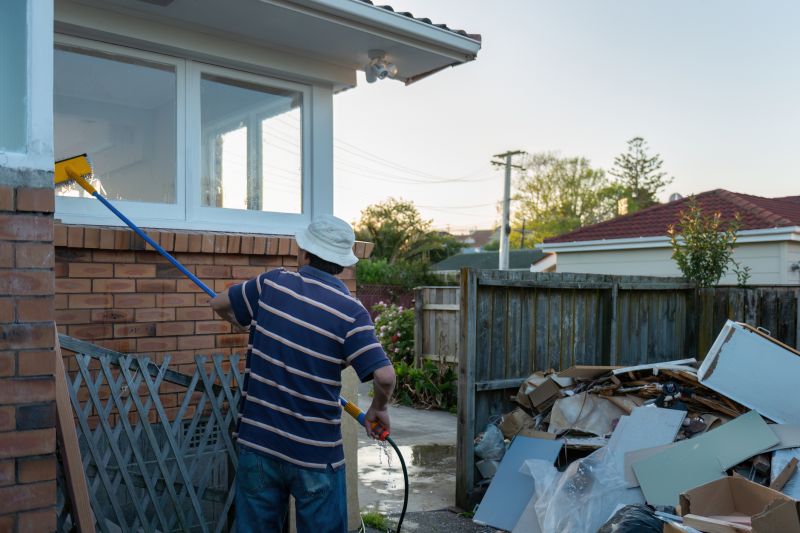
Summer offers extended daylight hours for thorough inspections and ongoing upkeep.

Fall is suitable for preparing properties for winter, including weatherproofing and debris removal.
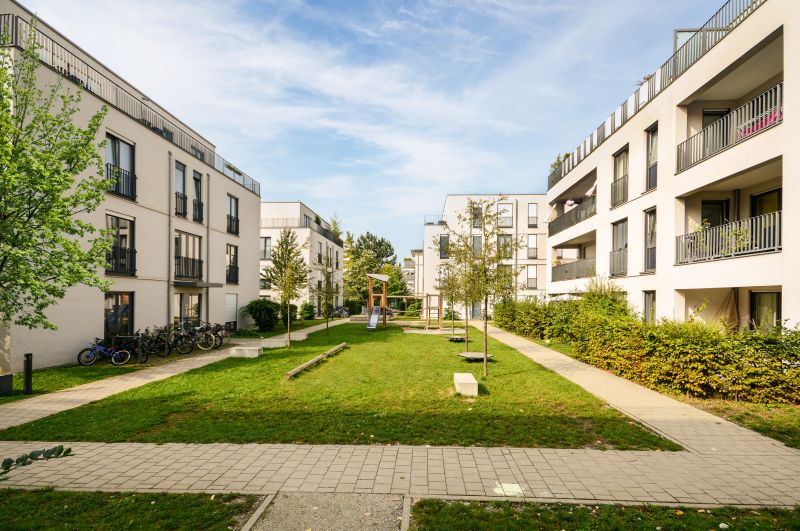
Ways to make Vacant Property Maintenances work in tight or awkward layouts.
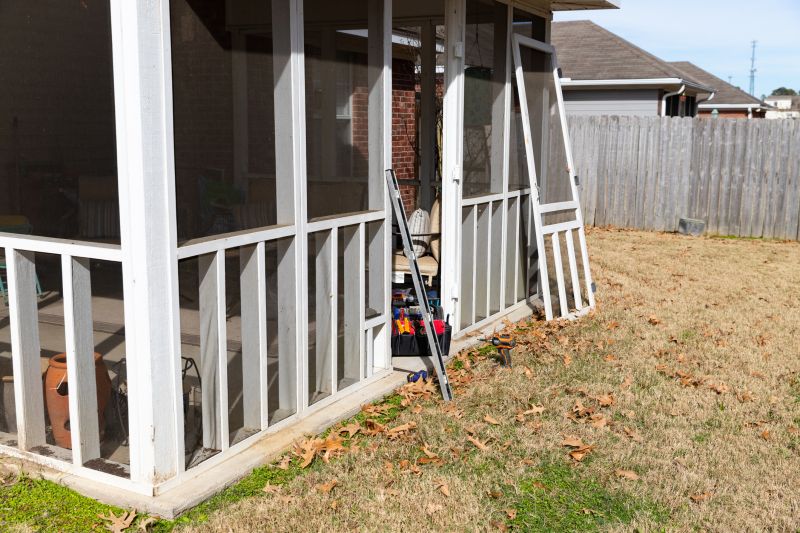
Popular materials for Vacant Property Maintenances and why they hold up over time.

Simple add-ons that improve Vacant Property Maintenances without blowing the budget.
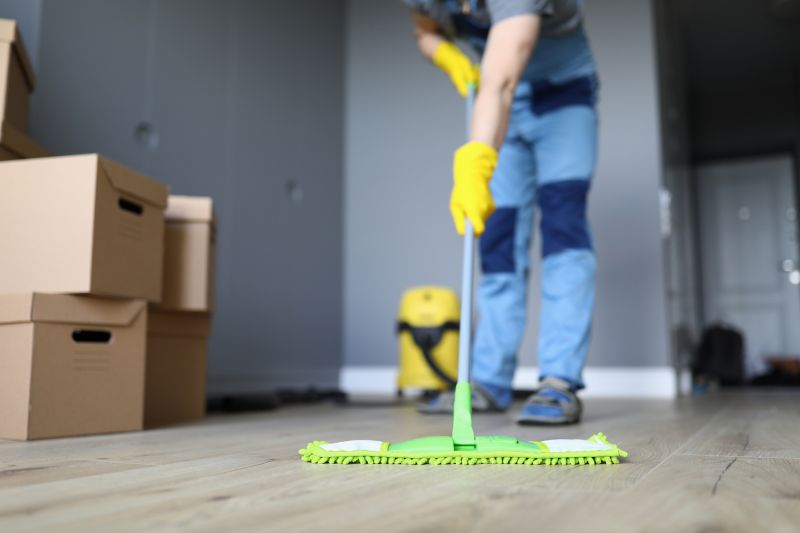
High-end options that actually feel worth it for Vacant Property Maintenances.

Finishes and colors that play nicely with Vacant Property Maintenances.
Vacant property maintenance involves regular inspections and upkeep to preserve property condition, prevent deterioration, and avoid costly repairs. Proper timing ensures that issues such as pest infestations, water damage, or vandalism are addressed promptly, reducing long-term expenses. Seasonal considerations play a crucial role in scheduling maintenance activities, aligning tasks with weather patterns and property needs.
Regular maintenance helps prevent structural damages and preserves property value over time.
Different seasons require specific upkeep tasks to mitigate weather-related issues.
Studies show that properties with consistent maintenance experience 30% less deterioration.
Timely maintenance can reduce repair costs by up to 25% annually.
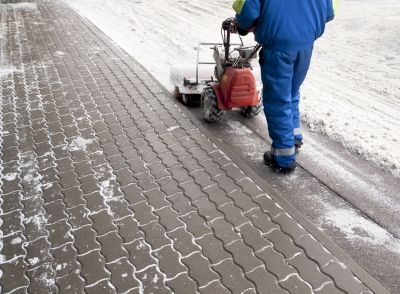
Winter maintenance focuses on snow removal, heating system checks, and preventing pipe freezing.

Spring inspections involve landscape rejuvenation and addressing early damage.
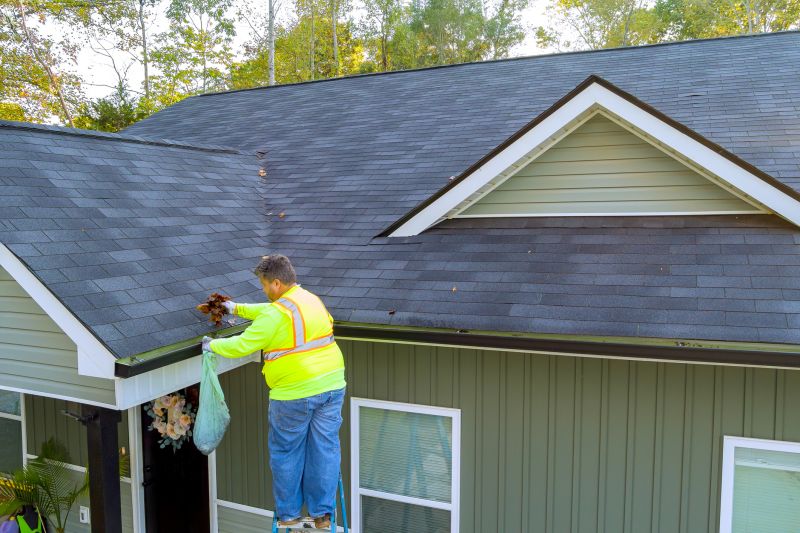
Summer tasks include pest control, exterior cleaning, and routine inspections.

Fall maintenance emphasizes sealing, gutter cleaning, and preparing for winter.

Little measurements that prevent headaches on Vacant Property Maintenances day.
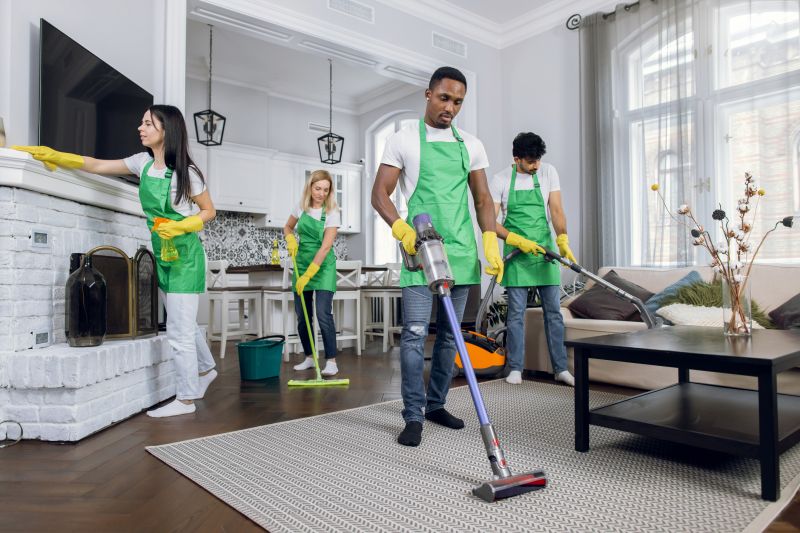
A 60-second routine that keeps Vacant Property Maintenances looking new.
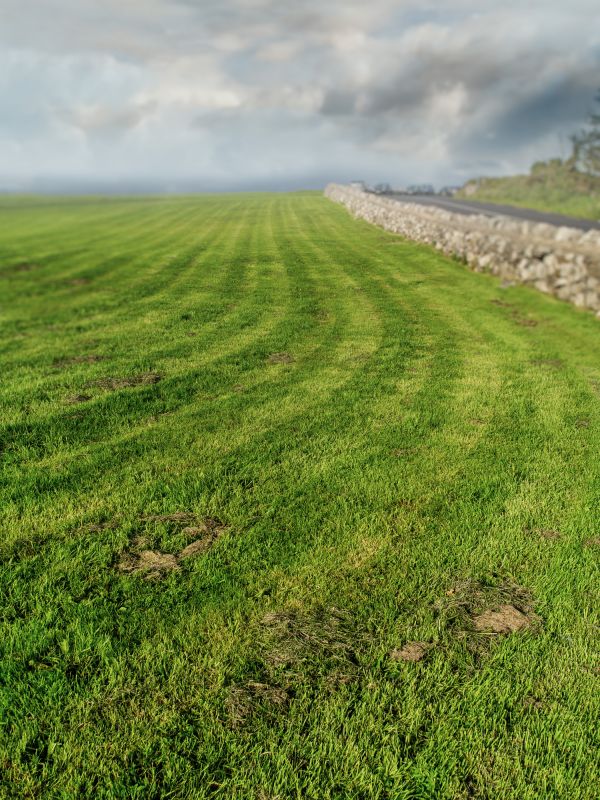
A frequent mistake in Vacant Property Maintenances and how to dodge it.
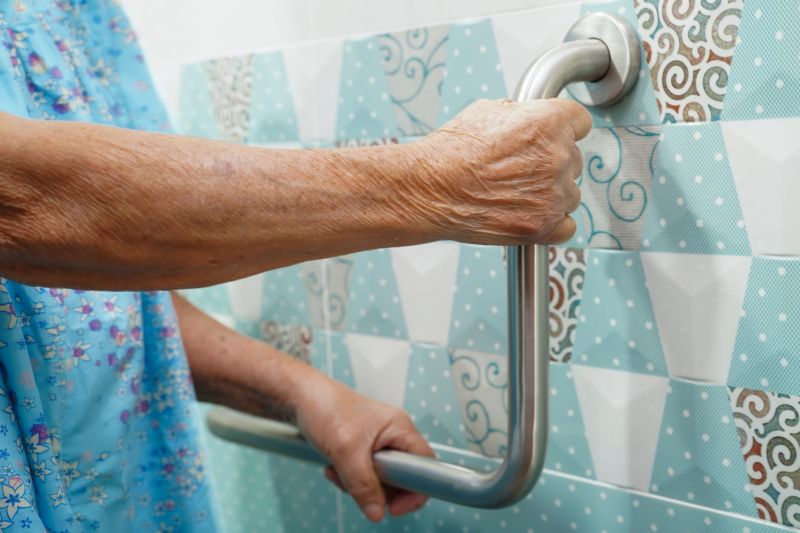
Small tweaks to make Vacant Property Maintenances safer and easier to use.
| Season | Recommended Maintenance Activities |
|---|---|
| Spring | Landscape cleanup, pest control, exterior inspections |
| Summer | Lawn care, pest prevention, minor repairs |
| Fall | Gutter cleaning, weatherproofing, debris removal |
| Winter | Snow removal, pipe insulation, heating system checks |
| All Year | Regular inspections, security measures, pest control |
Scheduling vacant property maintenance at optimal times helps protect the property's structural integrity and aesthetic appeal. Proper timing reduces the risk of costly repairs and ensures the property remains in good condition during periods of vacancy. Regular maintenance also deters vandalism and unauthorized access, safeguarding the property's value.

Focuses on snow removal, pipe insulation, and heating system checks.

Includes landscaping, exterior repairs, and pest control.

Involves lawn care, pest prevention, and exterior cleaning.
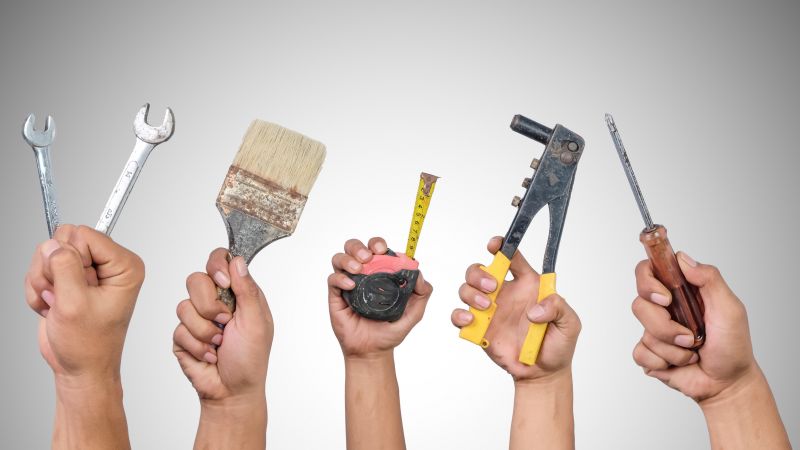
The short, realistic tool list for quality Vacant Property Maintenances.

Rough timing from prep to clean-up for Vacant Property Maintenances.

Quick checks and paperwork to keep after Vacant Property Maintenances.

Examples that show the impact a good Vacant Property Maintenances can make.
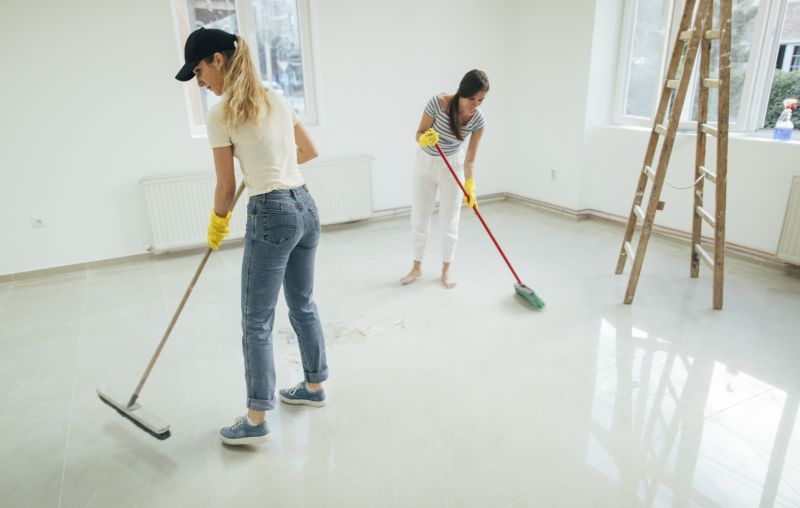
Ways to make Vacant Property Maintenances work in tight or awkward layouts.
Interested parties should consider scheduling maintenance during seasons that align with specific property needs. Properly timed upkeep minimizes risks associated with weather damage, pest infestations, and property deterioration. Consistent maintenance schedules contribute to preserving property value and reducing long-term expenses.
